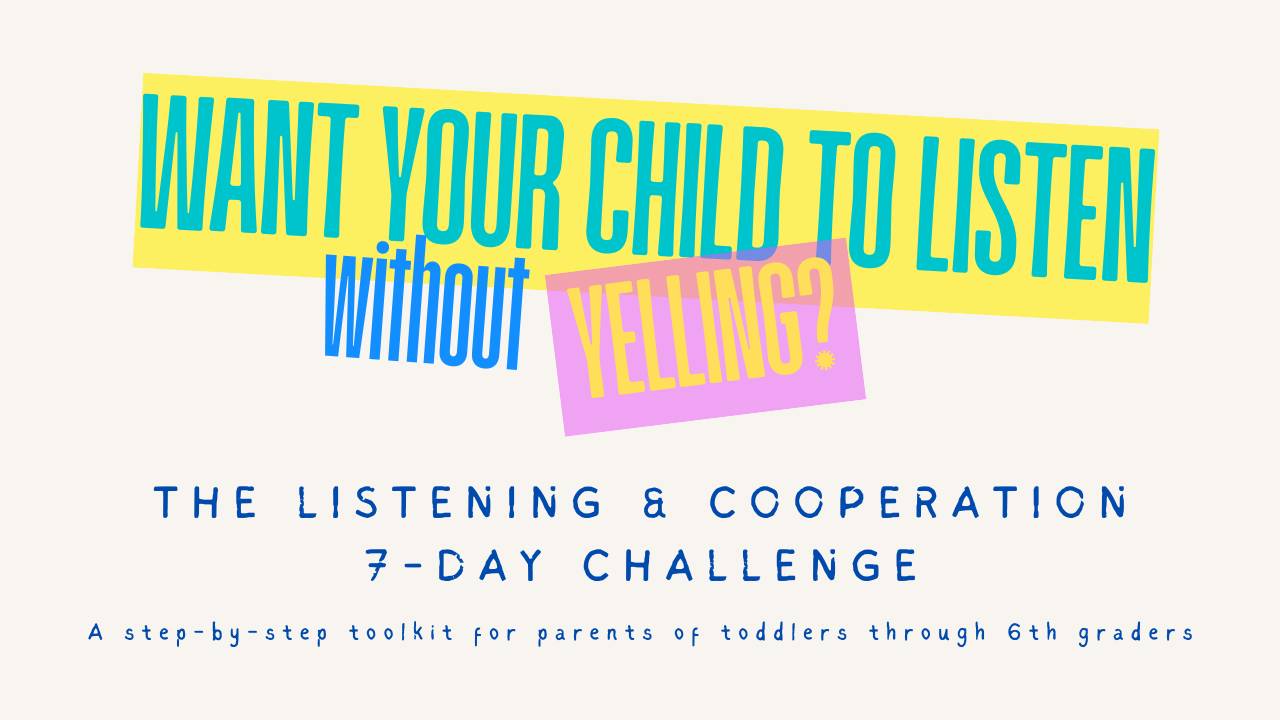How to Help Your Child Follow Directions: 7 ABA-Based Tips for Parents
Oct 11, 2024
Getting your child to follow directions can feel like a constant battle. Whether you're asking them to clean up toys, get ready for bed, or sit down for dinner, not listening or following through is frustrating for everyone involved. But with the right strategies rooted in Applied Behavior Analysis (ABA), you can turn these challenges into opportunities for growth. These simple yet effective tips will help your child develop the skills they need to follow directions more consistently, making life smoother for the whole family.
Let’s explore seven ABA-based strategies that will make giving and following directions a more positive experience for you and your child.
Keep Directions Clear and Simple
- Why It Works: Children, particularly toddlers or those with developmental delays, can struggle to process long or complex instructions. When directions are too wordy, they may not know where to begin or what exactly is expected.
- ABA Insight: Simplifying language makes it easier for children to understand and respond appropriately. This is crucial in ABA therapy, where clear, concise communication is key to skill-building.
- Action Tip: Use one-step directions, especially for younger children. For example, instead of saying, “Clean your room, put your toys away, and get dressed,” break it down into smaller steps: “First, pick up your toys,” followed by “Now, get dressed.”
Gain Attention Before Giving Directions
- Why It Works: If your child isn't paying attention, they’re less likely to hear or process the direction you're giving. Getting their attention first ensures they are focused and ready to listen.
- ABA Insight: ABA emphasizes engaging a child’s focus before presenting instructions to increase cooperation. If your child is distracted by an activity, your directions will often go unheard or ignored.
- Action Tip: Position yourself at your child’s eye level, begin modeling the action you would like to see (such as putting blocks in a bin), and state your instruction (“it’s time to clean up”). You may also want to use a preferred item to guide their gaze toward you when you state your instruction. Finally, take action. Don’t just sit across the room repeating your instruction. Get up and MOVE! Help your child get started. Depending on your child’s age and needs, it may only be appropriate for them to put the last block in the bin while you do the rest. Once they put the last block on, reinforce them for their efforts!
Use Positive Reinforcement
- Why It Works: Reinforcing a desired behavior, like following directions, increases the likelihood that the behavior will be repeated in the future. Positive reinforcement, one of ABA’s foundational strategies, encourages children to listen and follow through.
- ABA Insight: Behaviors that result in desirable consequences are more likely to be repeated. Consistent reinforcement creates motivation and strengthens the child’s understanding of what’s expected.
- Action Tip: Praise your child immediately after they follow a direction. Use specific language, such as, “Great job picking up your toys!” You can also offer tangible rewards, like a sticker or extra playtime, for consistently following directions.
Offer Choices When Possible
- Why It Works: Offering choices gives children a sense of control and reduces the likelihood of them resisting directions. This strategy empowers them to feel more involved and responsible for their actions.
- ABA Insight: Providing choices is a proactive way to prevent defiance. ABA uses choice-making to foster cooperation and reduce power struggles.
- Action Tip: Present two acceptable options rather than issuing a single command. For example, instead of saying, “Put on your shoes,” you can say, “Would you like to put on your shoes first or your jacket?”
Model the Behavior
- Why It Works: Children often learn by watching others. When you model the behavior you want them to imitate, they are more likely to understand what is expected and follow through.
- ABA Insight: Modeling is a powerful ABA technique that allows children to observe and then practice the desired behavior. This makes abstract instructions more concrete and easier to follow.
- Action Tip: If you're asking your child to pick up their toys, do it alongside them while narrating your actions. Say, “pick up” and “put in” while you model these actions. Use simple language.
Use Visual Supports
- Why It Works: Visual aids can help children better understand tasks and stay on track, especially when verbal instructions alone aren’t sufficient.
- ABA Insight: Many children, especially those with autism or other developmental delays, benefit from visual prompts to reinforce instructions and break down tasks.
- Action Tip: Create a simple visual schedule or chart showing each step of a task, such as a bedtime routine. Use pictures or icons for brushing teeth, putting on pajamas, and getting into bed. This gives your child a clear visual cue to follow.
Be Consistent and Patient
- Why It Works: Children thrive on consistency. When expectations and routines remain the same, they become more familiar with what’s required and are more likely to cooperate. Patience reinforces positive behavior over time.
- ABA Insight: Repetition and consistency are crucial in ABA therapy to help children master new skills. Patience from parents helps reinforce positive behavior without frustration.
- Action Tip: Stick to the same routines and set clear, consistent expectations. Be patient and celebrate small wins, even if it takes time for your child to fully follow through on directions. Offer praise and reinforcement consistently to encourage progress.
Explore more effective parenting strategies with our Free ABA Guide for Parents or schedule a One-on-One Parent Coaching Session to get personalized support for teaching your child to follow directions!
UNLOCK YOUR FREE TOOLKIT NOW: ENHANCE YOUR CHILD'S PLAY & LANGUAGE SKILLS TODAY!
Simply enter your email address to get instant access.


